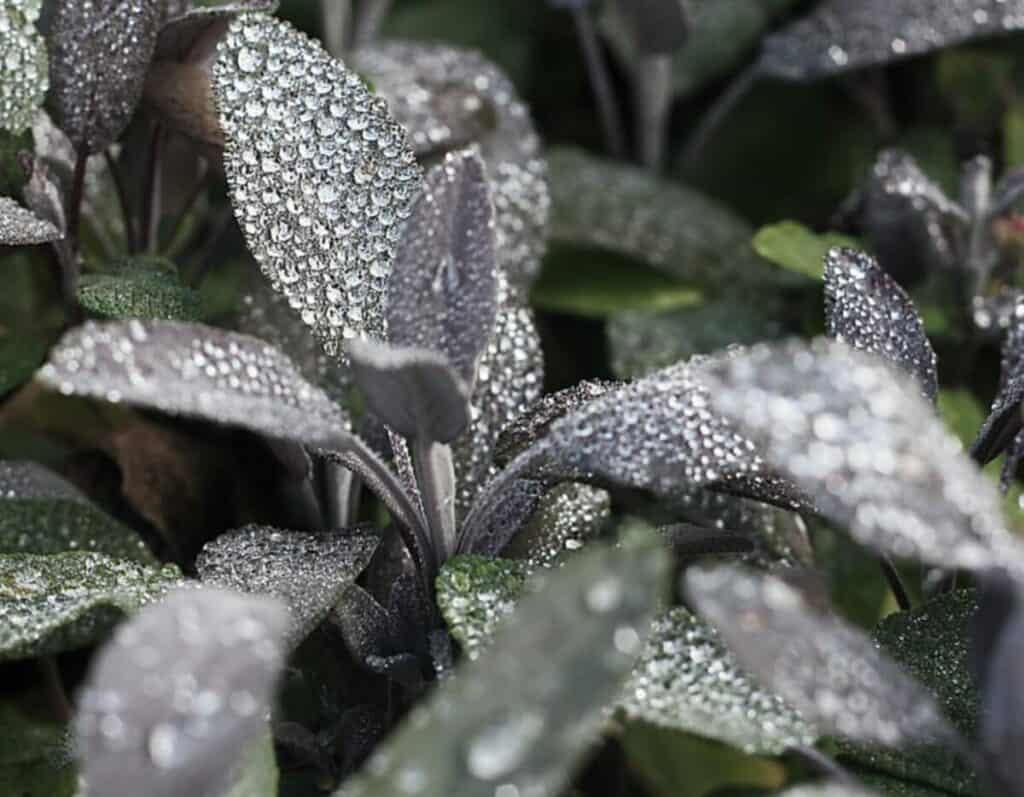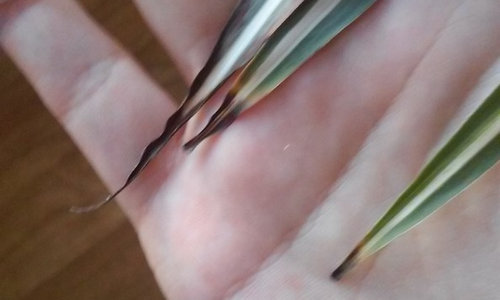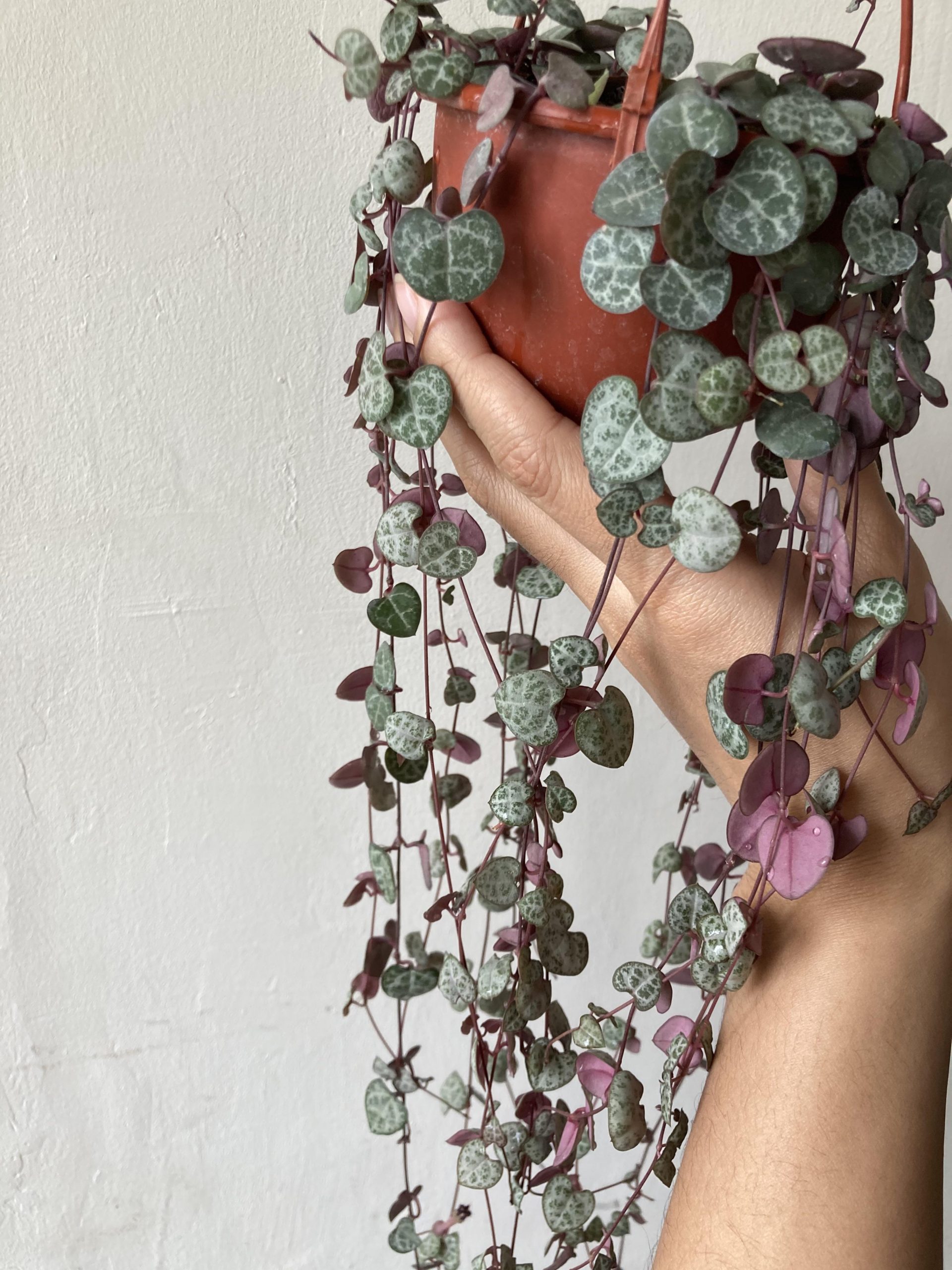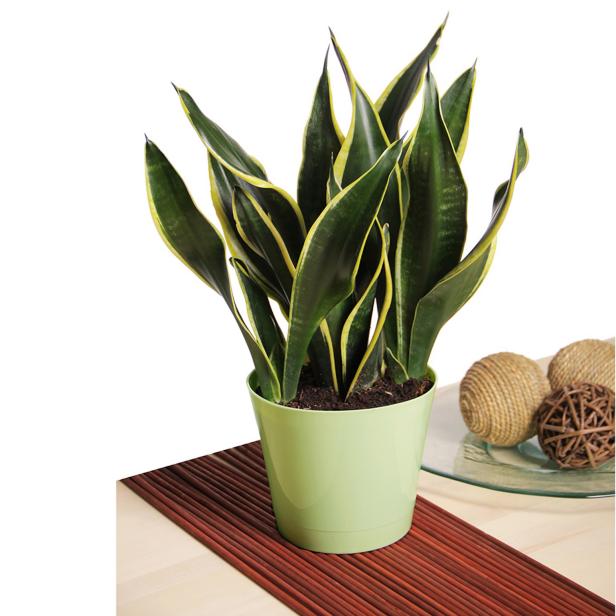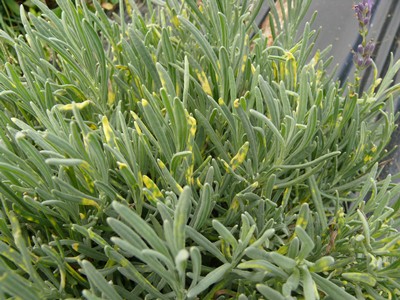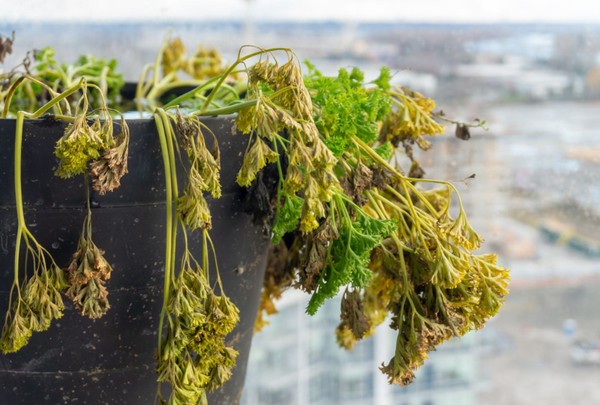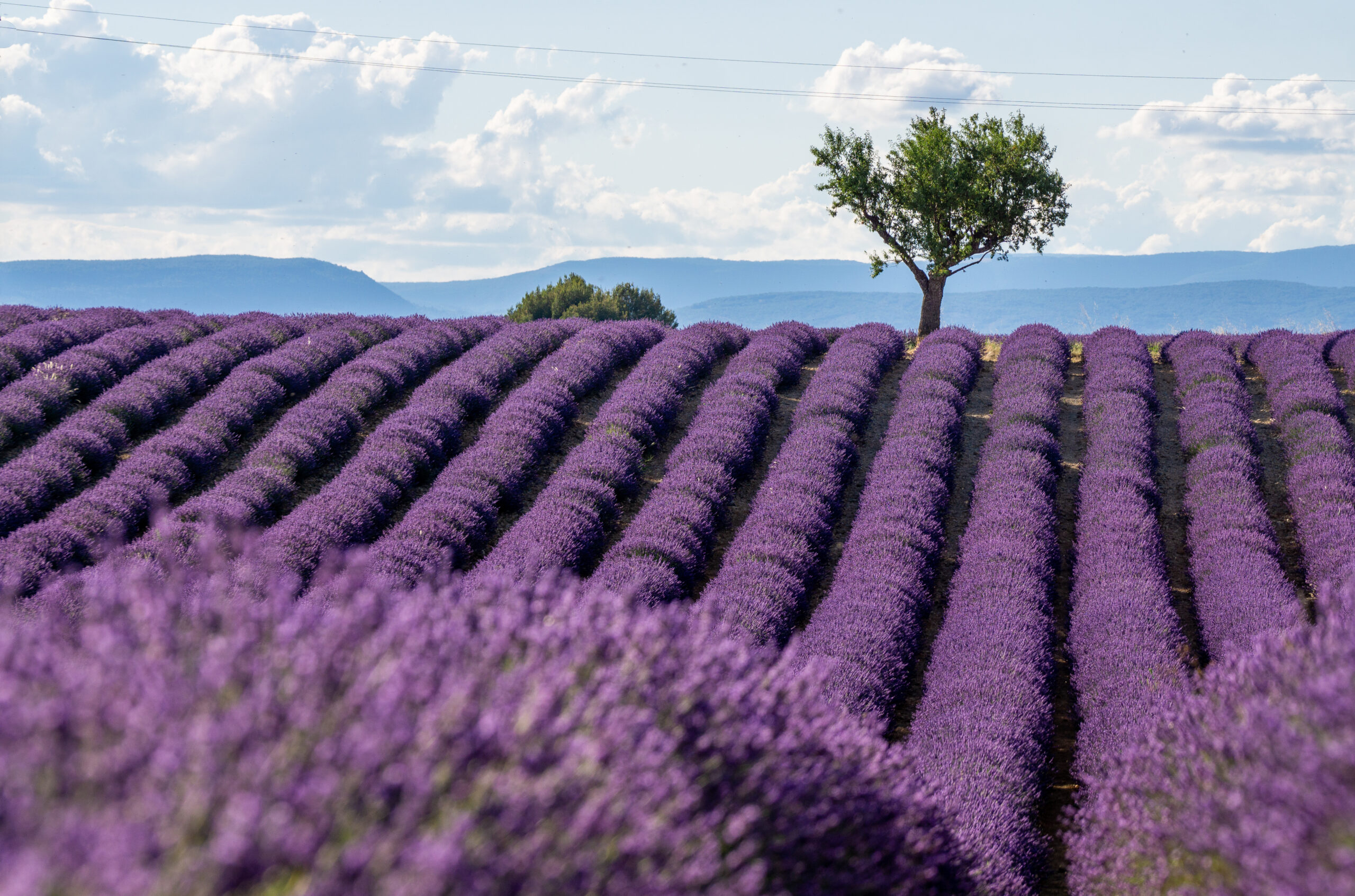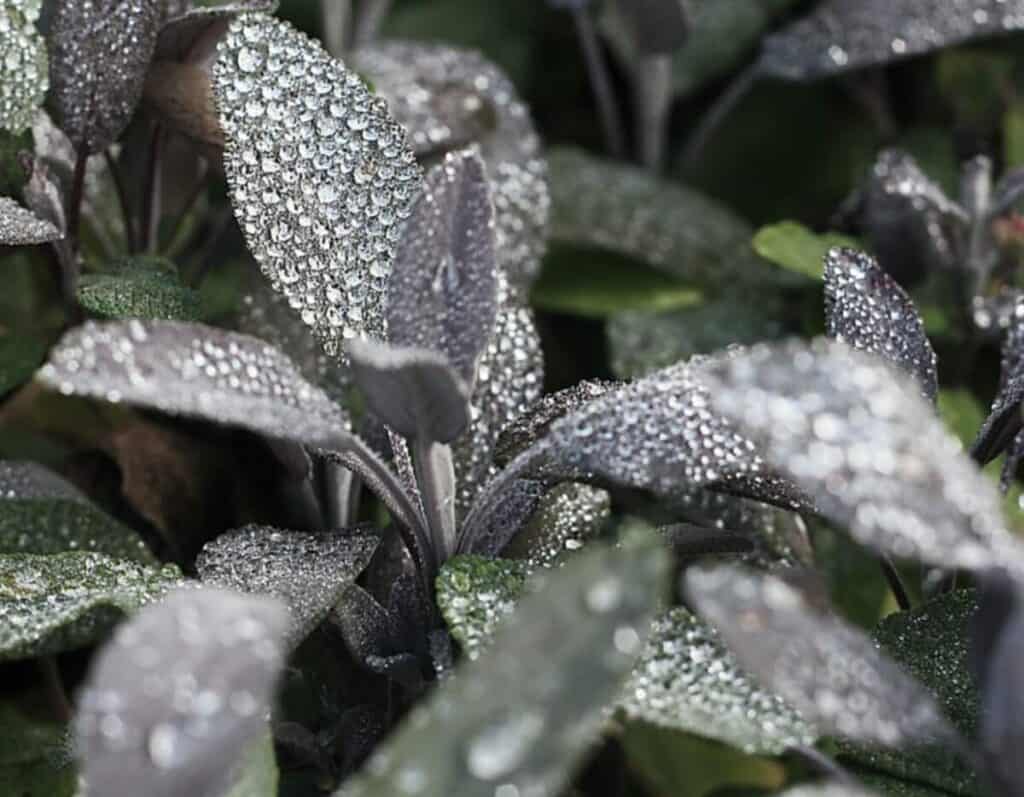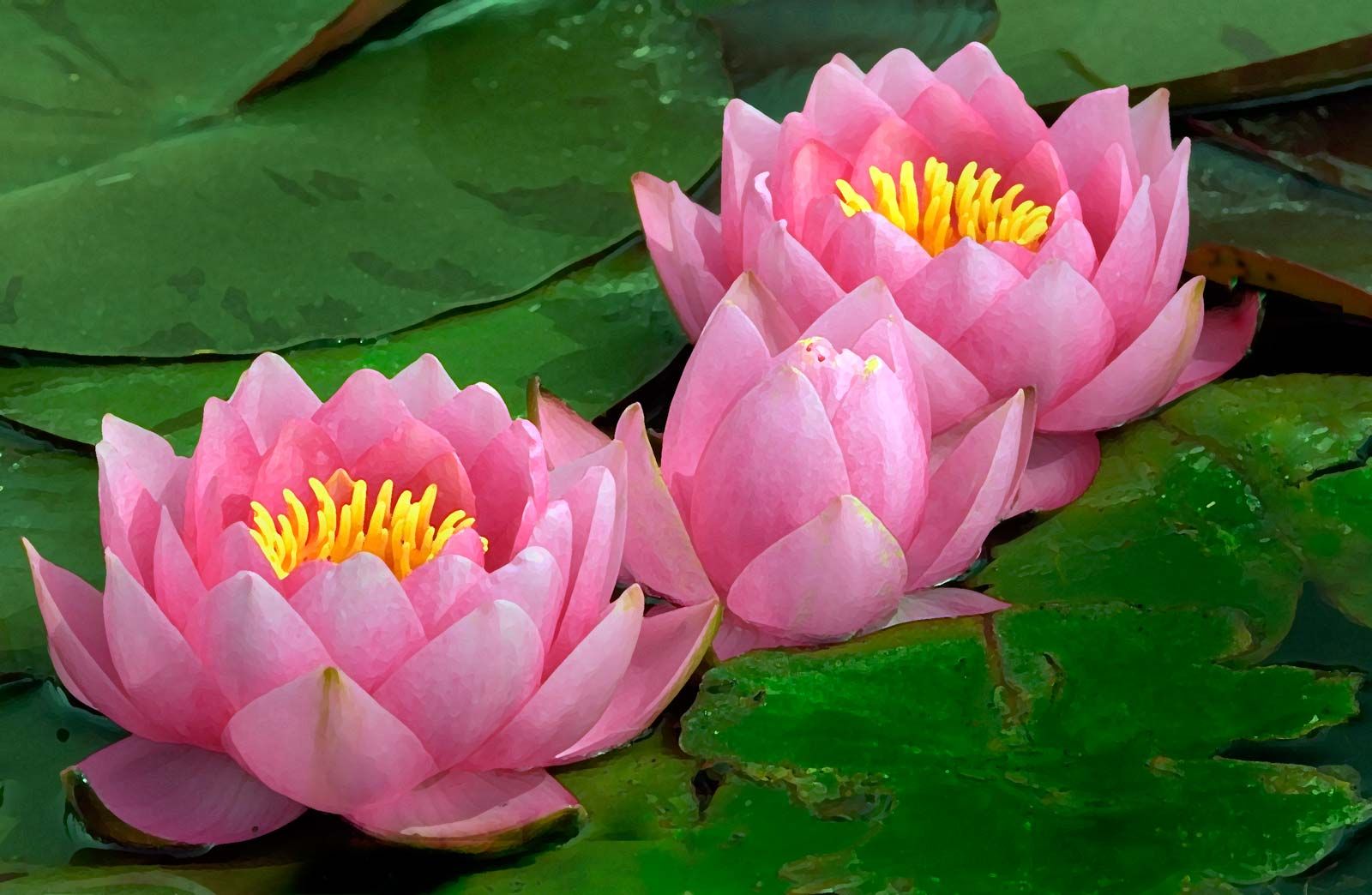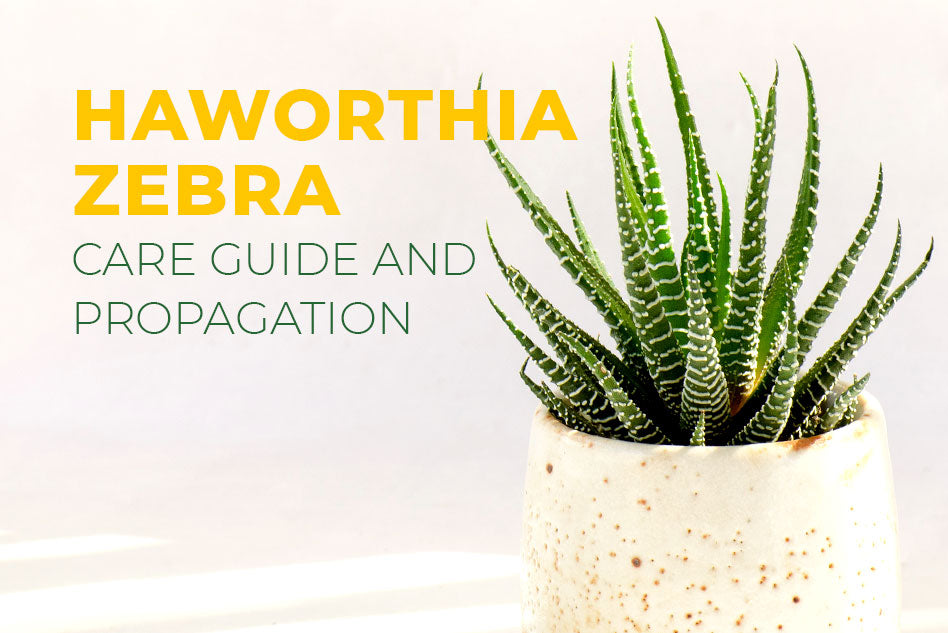Sage Plant Turning Brown? (How to Solve it)
Sage plants turn brown due to the fungus root rot, which is brought on by too much moisture around the roots as a result of overwatering or poorly draining soils. Sage develops brown leaves, stems, and roots that appear wilted in the presence of persistently moist soil around its roots. Sage that is becoming brown …

